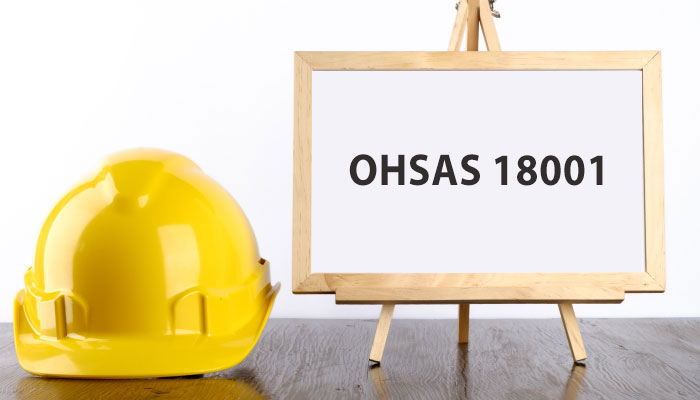While striving for workplace safety, organizations may want to lean on OHSAS 18001—the Occupational Health and Safety Assessment Series. This internationally applied British Standard for occupational health and safety management systems is in place to help a variety of organizations enact sound performance measures.
The principle behind the measure, according to quality engineer William A. Levinson, is similar to that for ISO 9001. Levinson hosts a conference on the topic for AudioSolutionz, “Use Occupational Health and Assessment Series 18001 to Enhance Workplace Safety,” aimed at company execs, compliance and safety officers, risk management and human resources directors, regulatory compliance agents, risk advisors, process technicians, warehouse managers and site supervisors.
Why OHSAS 18001?
Certification Europe lists a handful of benefits that come with OHSAS 18001:
- Better corporate image and credibility, particularly among clients, customers, and the public
- Improved health and well-being of employees, sub-contractors, and the public
- Minimized liability
- Ensured legislative awareness and compliance
- Reduced accidents
- Improved accident investigation
- Increased employee motivation
Overall, the standard is considered best practice for risk management.
“An increasing number of organizations are completing OHSAS 18001 certification as employers are under increasing pressure to ensure that a rigorous health and safety policy is in place which protects employees against possible occupational risks and reduces the likelihood of accidents in the workplace,” Certification Europe said.
Moving on to ISO 45001
While OHSAS 18001 is still the standard for safety management, a replacement is on the horizon: ISO 45001.
“ISO 45001 is intended to be integrated into an organization’s existing management systems and processes,” noted ACS Registrars. “With this in mind, the new standard will use Annex SL which is included in other ISO standards such as ISO 9001 and ISO 14001.”
ISO 45001 is designed to reduce downtime, increase a company’s safety reputation, improve employee involvement, save money, meet legal obligations, and increase risk awareness.
“The standard is currently being developed by a committee of occupational health and safety experts, and will follow other generic management system approaches such as ISO 14001 and ISO 9001,” noted the International Organization for Standardization. “It will take into account other International Standards in this area such as OHSAS 18001, the International Labour Organization’s ILO-OSH Guidelines, various national standards and the ILO’s international labour standards and conventions.”



